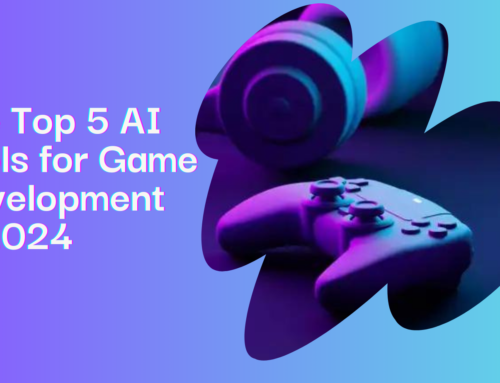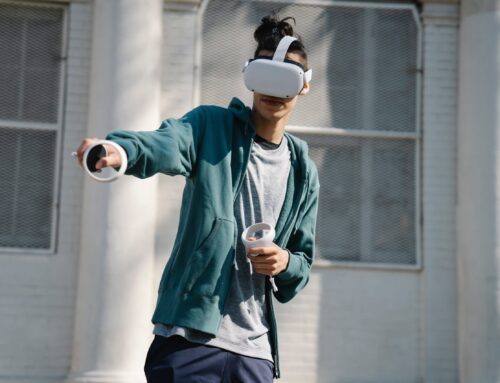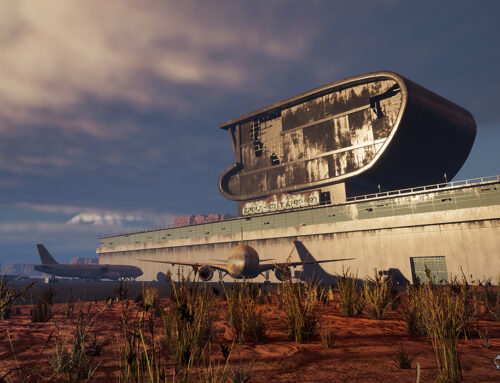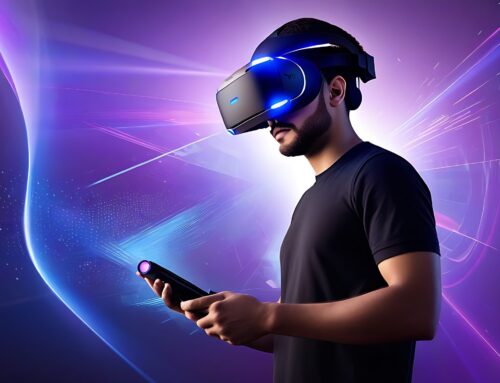3D Model Optimization
With recent advances in 3D technology, 3D modelling has become increasingly commonplace in a multitude of applications, from 3D imaging to e-commerce to AR. As a result, this widespread use of 3D requires the thorough optimisation and streamlining of 3D assets to improve performance and user experience alike.
Successful 3D optimization can exponentially reduce the data required to process and render a 3D model. This leads to better implementation of 3D strategies for various applications- from entertainment to commerce- and better returns with regard to time and resources spent.
3D model optimization consists of two stages: mesh decimation and texture optimisation. Mesh decimation is the process of merging and reducing polygons in a 3D model to reduce file size and GPU load.
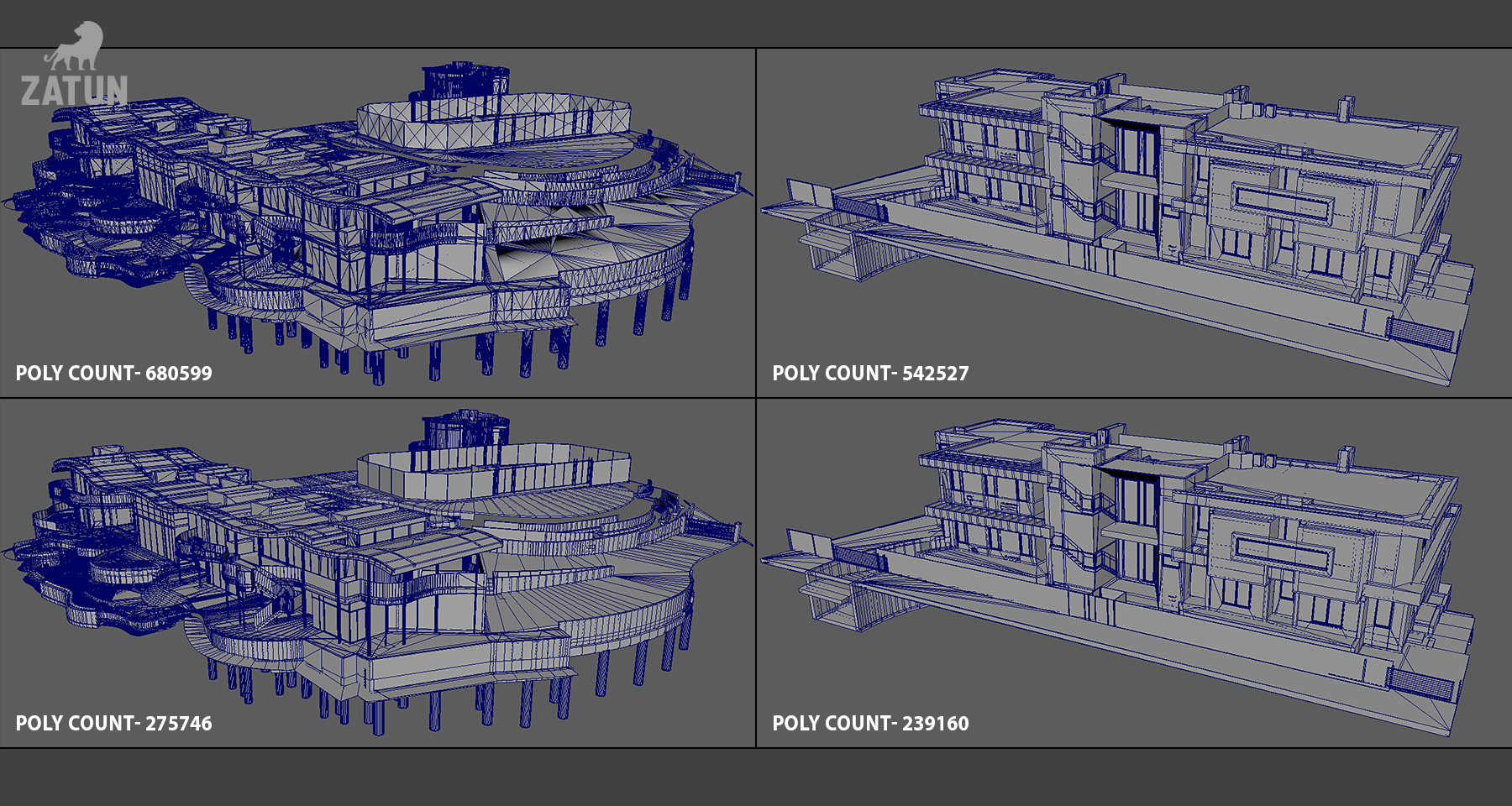
Texture optimisation is a twofold process that consists of reducing the texture resolution, for example from 2048 x 2048 to 512 x 512, as per the needs of the 3D model- quite often, texture files are far larger than they need to be, and downscaling the texture for a small object makes little to no difference. The second step in Texture optimisation is compression, where similar colours in a given texture can be grouped together in order to reduce the total number of colours used. While these processes certainly affect the level of visual fidelity, texture optimisation is a variable process, and can be adjusted as per the requirements of individual 3D objects.
Generally, the requirement of the product determines the extent of optimisation done to the 3D models. For e-commerce applications which are displayed primarily on small screens, for example through social media on phones, a reduction in quality does not adversely affect viewer experience.
Similarly, optimised models are essential for AR applications that utilise mobile phones or AR headsets, which might not be able to handle full-sized 3D models. And so, 3D optimization plays a huge role in e-commerce and marketing applications that utilise 3D models as imagery, in order to reduce load times and improve performance, leading to a better user experience from the consumer. Failure to optimise 3D assets can lead to extended loading times, wasting valuable seconds that can lead to millions in lost revenue. This is especially relevant for mobile users, since mobile hardware will naturally be slower in loading 3D models- and yet, mobile users are projected to be a sizeable majority in the field of e-commerce, and slow loading times can thus be a major hindrance in retaining consumer interest. This is where tools like 3D model optimisation can come to play a huge role.
In particular, with the rise in e-commerce and online shopping that has followed the global pandemic in 2020, a large number of users have been seen to prefer some form of visualisation of products, either in the form of 3D imagery or as AR experiences, which greatly helps preview and customisation of the products. 3D and AR shopping can help increase customer confidence, post purchase satisfaction, and reduce product returns.
This is the best time to incorporate 3D models and assets into retailer offerings, and optimised models are a key part of a successful 3D strategy.
At Zatun, we offer a full range of 3D modelling services for various applications. As a leading 3D model service provider in the Industry, our team has the latest knowledge and hands-on experience to fulfil any requirements in 3d modelling, from games to e-commerce visualisations.


